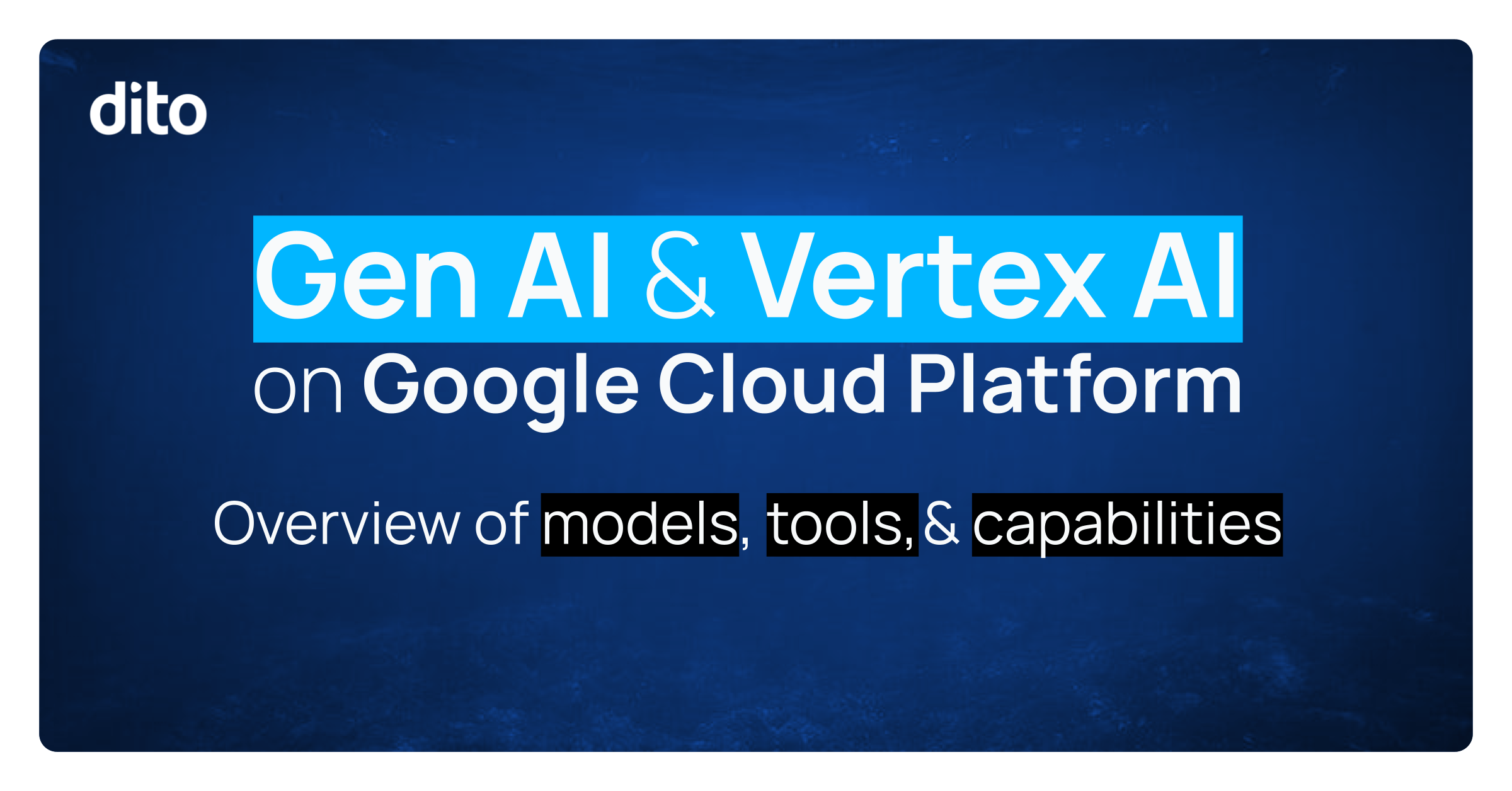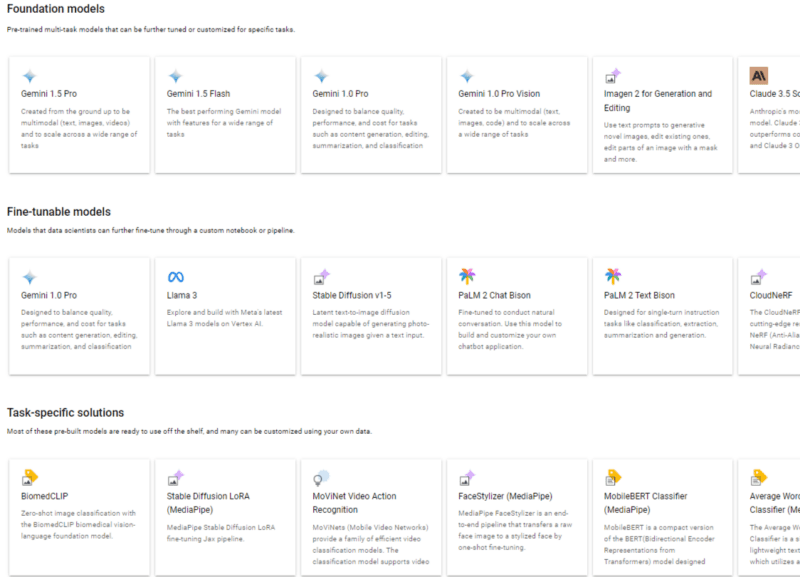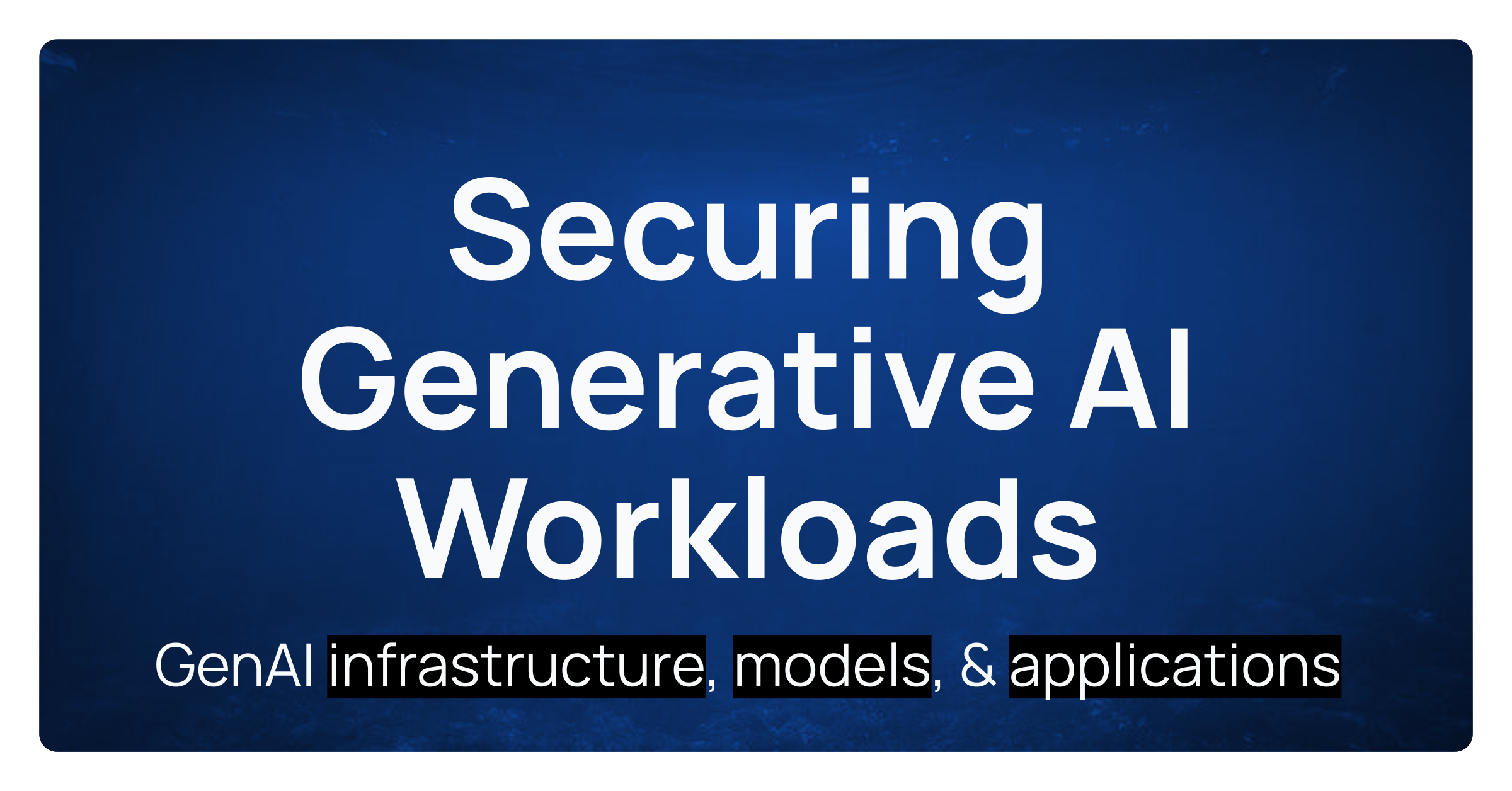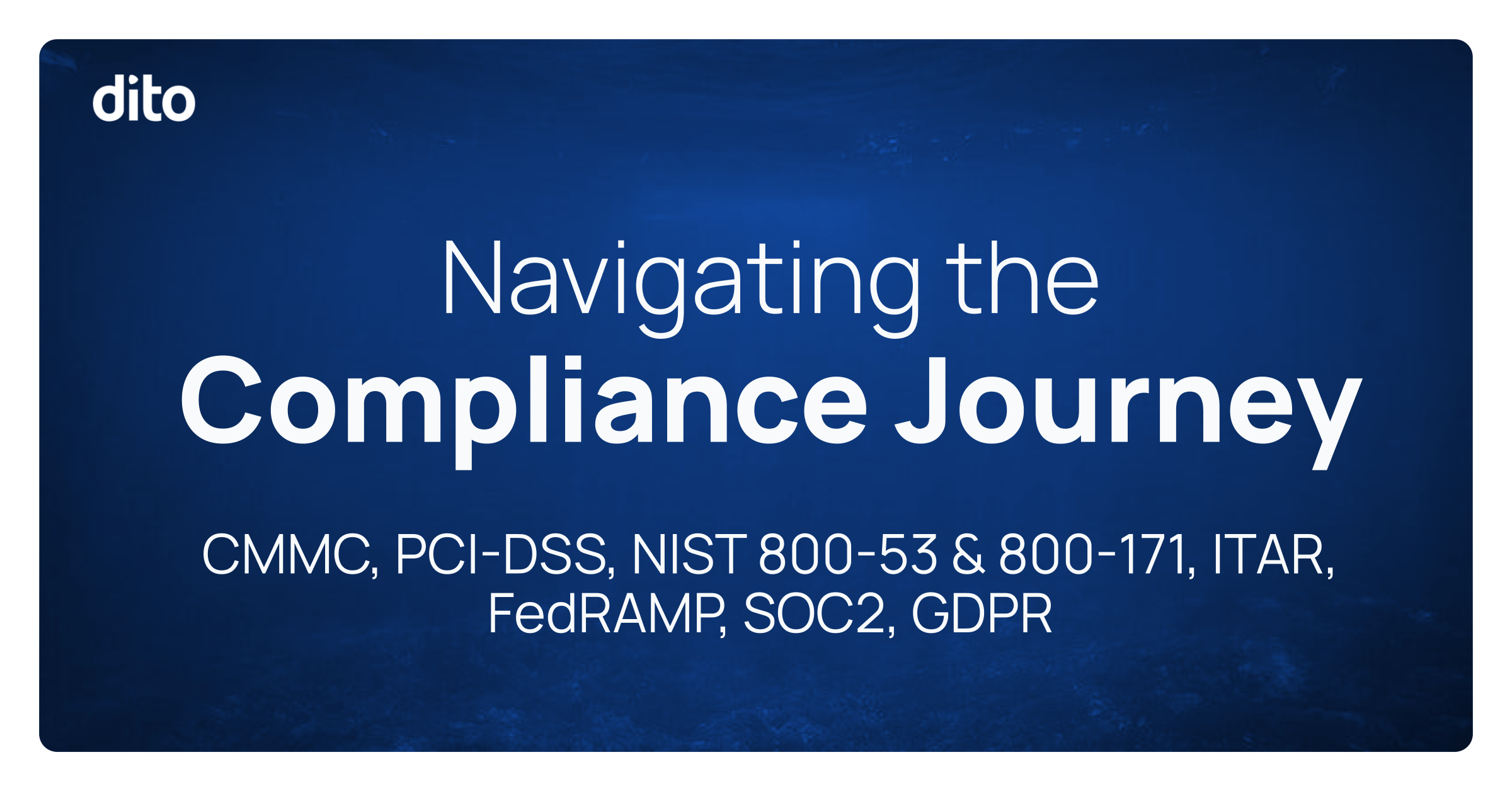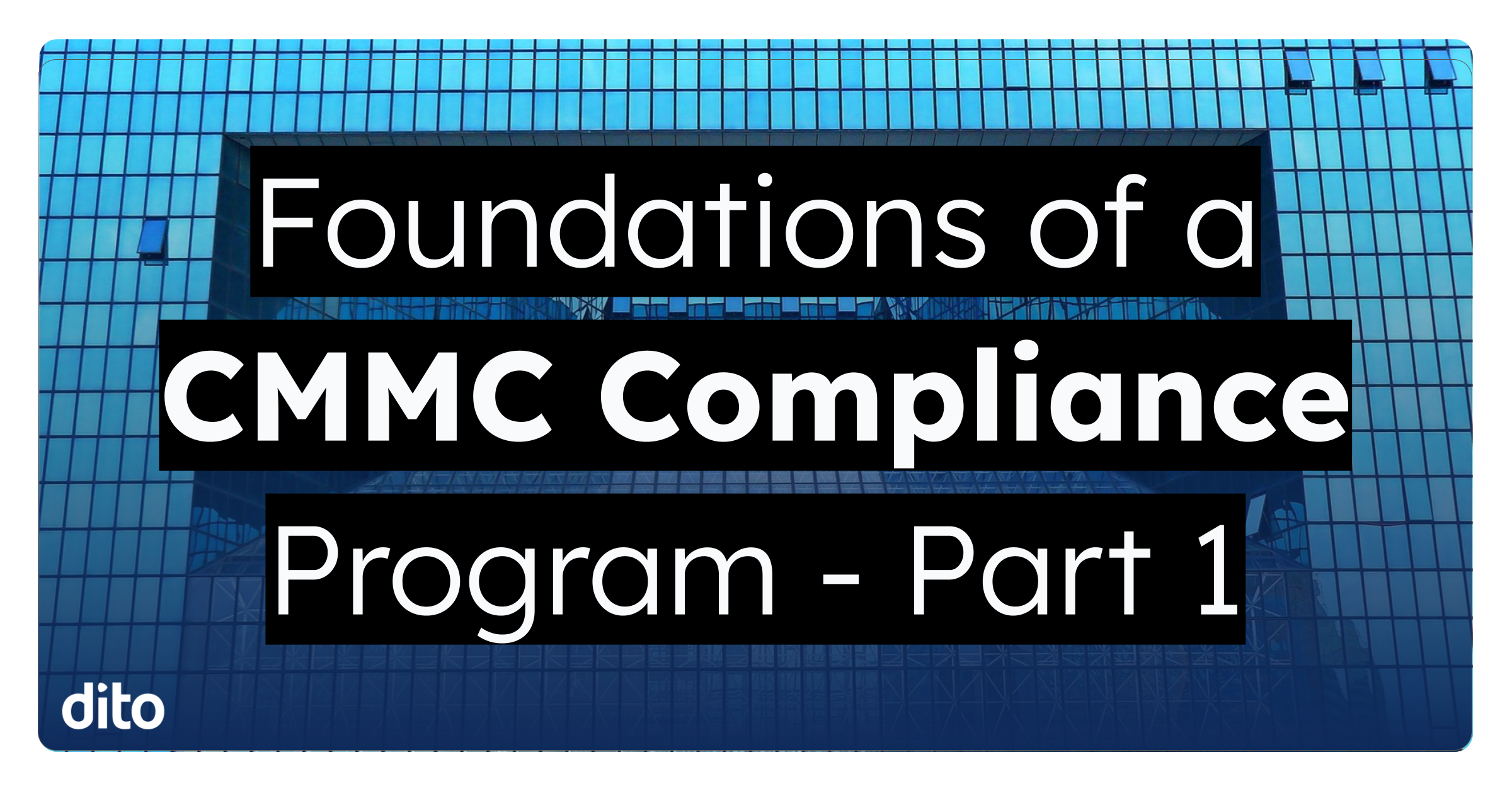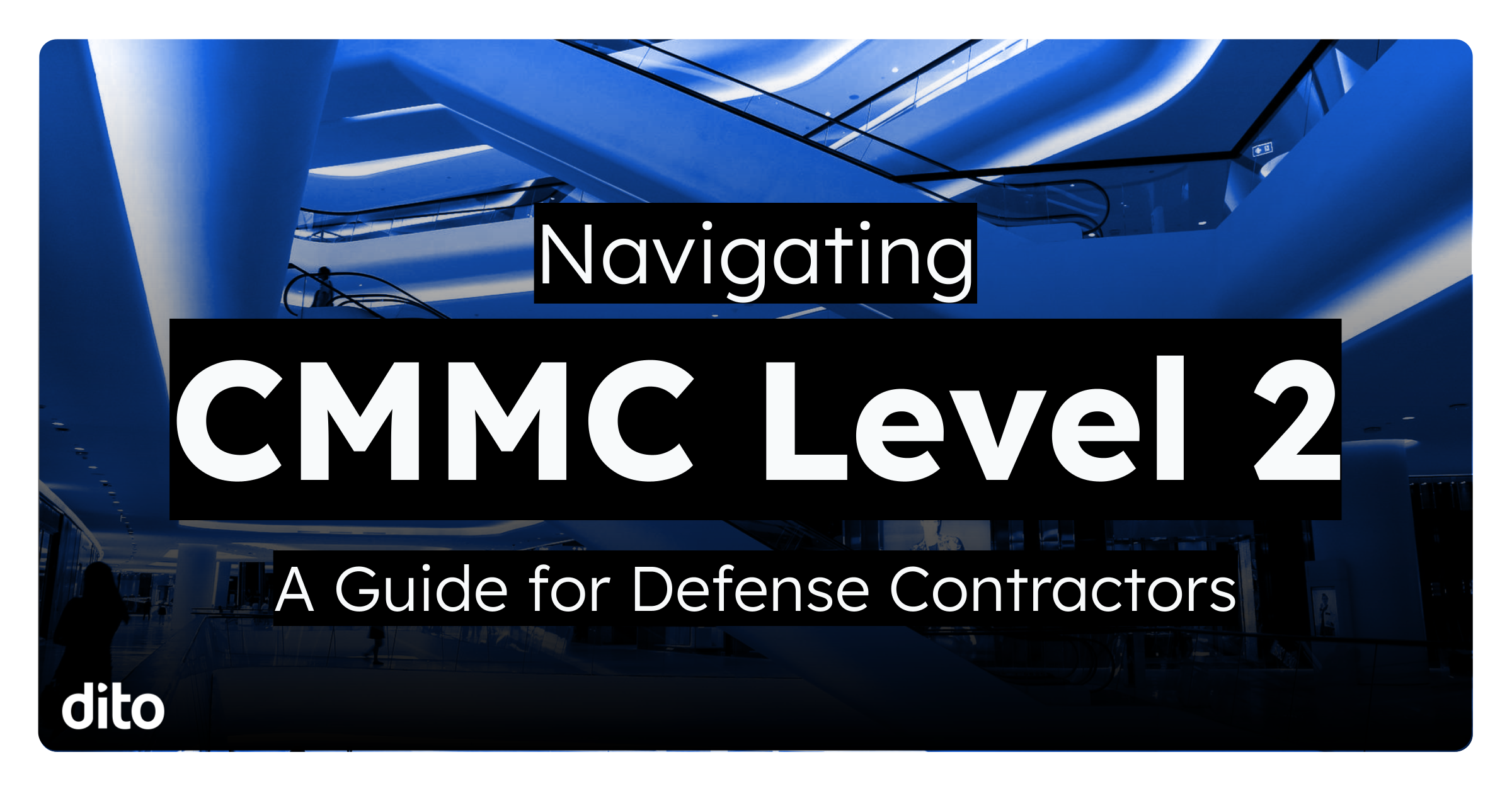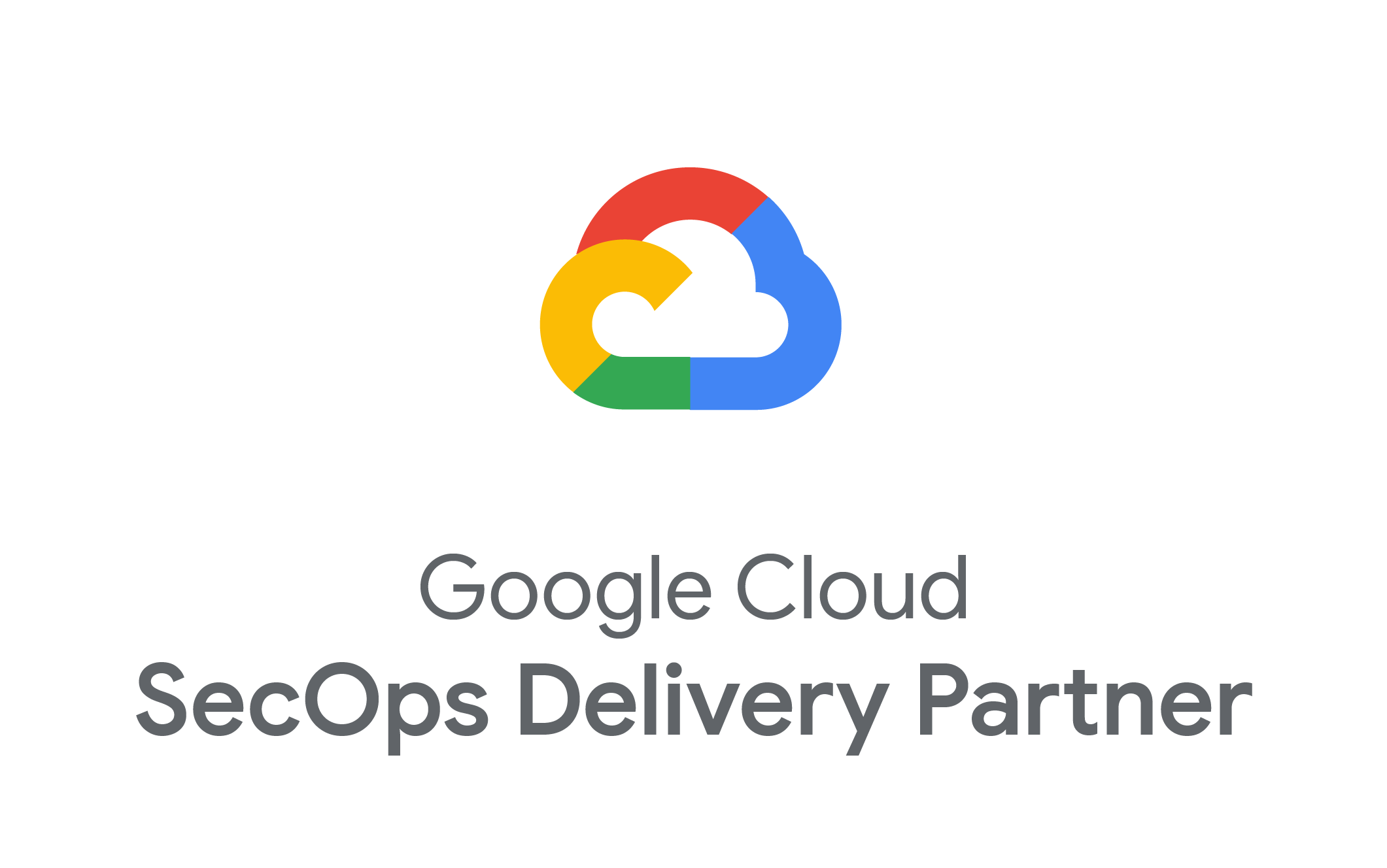Large Language Models (LLMs)
Large Language Models (LLMs) are a type of generative AI model that can understand various types of input and generate novel outputs. This capability opens up a new world of possibilities for businesses, from automating content creation to enhancing customer experiences with more personalized interactions.
LLMs have revolutionized natural language processing by offering advanced capabilities such as language translation, sentiment analysis, and content generation. These models are trained on extensive datasets, enabling them to comprehend context, nuances, and the subtleties of language, making them incredibly powerful tools for businesses.
Generative AI on Vertex AI
Vertex AI is Google Cloud’s fully managed AI development platform designed to help businesses build and integrate with generative AI. Vertex AI integrates with the best of Google Cloud’s AI tools – such as Vertex AI Studio, Agent Builder, and Model Garden – providing a unified experience for model development and deployment.
The Model Garden enables access to well over 100 models, including it’s portfolio of Gemini models as well as many open source and third-party models (like Anthropic Claude 3.5 Sonnet, Meta Llama 3, and Mistral AI Mixtral 8x7B). This allows developers to leverage the benefits of the Vertex AI platform while facilitating access and integration with the most appropriate models for the application.
Gemini Models
Gemini is Google Cloud’s flagship family of large language models available on Vertex AI. It comes in several options depending on the use case, token usage, and tuning capabilities needed.
- Gemini 1.5 Flash: A multimodal model that is designed for high-volume, cost-effective applications, and which delivers speed and efficiency to build fast, lower-cost applications that don’t compromise on quality. Because of how responsive it is, it’s a good option for creating chat assistants and on-demand content generation applications.
- Gemini 1.5 Pro: A multimodal model that supports adding image, audio, video, and PDF files in text or chat prompts for a text or code response. This model supports long-context understanding up to the maximum input token limit. 2 million-token context window.
- Gemini 1.0 Pro: The best performing model with features for a wide range of text-only tasks. This model is designed to handle natural language tasks, multiturn text and code chat, and code generation.
- Gemini 1.0 Pro Vision: The best performing image and video understanding model to handle a broad range of applications. Gemini 1.0 Pro Vision supports text, image, and video as inputs.
- Gemini 1.0 Ultra: Google’s most capable text model, optimized for complex tasks, including instruction, code, and reasoning. Gemini 1.0 Ultra supports only text as input.
- Gemini 1.0 Ultra Vision: Google’s most capable multimodal vision model, optimized to support joint text, images, and video inputs.
Model Garden
In addition to the Gemini models, Vertex AI offers integrated access to a library of other models through the Model Garden. The Model Garden, accessible in the Google Cloud console, is a repository of pre-trained models that businesses can leverage to accelerate their AI/ML initiatives.
These models span various domains, including vision, language, and structured data, providing a robust starting point for different AI projects. By using pre-trained models, businesses can significantly reduce the time and resources required to develop AI solutions from scratch.
The models are broken down into three main categories:
- Foundation models – Pretrained multitask large models that can be tuned or customized for specific tasks using Vertex AI Studio, Vertex AI API, and the Vertex AI SDK for Python.
- Fine-tunable models – Models that you can fine-tune using a custom notebook or pipeline.
- Task-specific solutions – Most of these prebuilt models are ready to use. Many can be customized using your own data.
Within the Model Garden, you can filter down by modalities (data types), tasks you want to perform, and features you want in the model.
Other Google first-party models available in Model Garden include: PaLM 2 for text or chat, Codey for Code Chat, Completion & Generation, Embeddings for Text and Multimodal, Imagen for image generation and captioning, and Chirp.
Integration with Google Cloud Ecosystem
Vertex AI offers purpose-built, end-to-end MLOps tools for predictive and generative AI, helping data scientists and machine learning engineers orchestrate workflows, track metadata, manage model versions, and much more.
The Vertex AI Agent Builder allows developers to easily build enterprise-ready, generative AI agents and applications grounded in their own data, with a no code agent builder console.
Additional AI solutions built on top of Vertex AI include Google Cloud’s Contact Center AI (CCAI), Document AI, Anti-Money Laundering AI, and Discovery AI, which offer domain specific capabilities for targeted use cases.
The Future of AI with Google Cloud
Vertex AI integrates seamlessly with other Google Cloud services, providing a cohesive environment for AI development. Services such as Vertex AI notebooks, BigQuery, Google Cloud Storage, and Dataflow can be easily connected, enabling powerful data processing and analysis capabilities. This integration ensures that businesses can leverage their existing cloud infrastructure and data assets to build and deploy AI models more effectively.
With Vertex AI on Google Cloud Platform, businesses have access to the most powerful development tools and models, enabling them to leverage the full potential of AI. Whether it’s enhancing customer interactions, automating content creation, or deriving insights from data, Vertex AI provides the foundation for transformative AI solutions.
For more information on how Vertex AI can benefit your business, or to learn how our custom 2-day Generative AI Workshop can unlock your team’s potential, schedule a call with our specialists.
